

The concept of a “work-life balance” has been the gold standard for decades. The term emerged in the 1970s and gained traction in the 1980s. However, it grew out of earlier labor movements that pushed for 40-hour workweeks and burnout protections. The idea was simple: keep work and personal life in equal halves. The thing is, life doesn’t work that way. There are shifts, ebbs, and fires to put out. Because of this, chasing that perfect 50/50 split often leads to guilt and frustration.
A better approach is work-life blending.
There’s no separation in blending; it’s all about integration. It recognizes that work and life already overlap, especially in today’s digital age. To put it another way, this isn’t about working more. It’s about finding a rhythm that fits your priorities. For example, if you attend a meeting in the afternoon, you may finish emails later, or you might exercise midday to keep your focus.
The payoff? More flexibility, less stress, and the power to define success your way. Rather than balancing a scale, life is more like blending passion and commitment into a sustainably effortless flow like a smoothie.
Why Work-Life Balance Is a Myth
Blending can only be fully embraced when we understand why the concept of “balance” often drives frustration and guilt.
- Balance assumes equal weight. Whether it’s with family, hobbies, or rest, you’ll never spend the same amount of time at work as you do with them. In other words, when work demands more hours, it doesn’t mean you’ve failed to live. When we expect equal parts, we are set up for disappointment.
- Life isn’t static. Life is like a series of seasons. In some seasons, you need to lean into work — perhaps you’re starting your own business or making a change in your career. In others, though, prioritizing personal life is more important, such as raising young children or recovering from an illness. This natural ebb and flow is ignored by balance.
- It creates guilt. Balance, when tipped in one direction, makes you feel like you’ve failed. In contrast to its intended purpose, guilt compounds stress.
On the other hand, blending recognizes that work and life have already blurred — especially in a world of remote work, digital devices, and flexible career options. Instead of fighting against that reality, it embraces it.
What Work-Life Blending Really Means
To blend work and life, you must integrate them. You don’t have to be constantly connected or unplugged; you can create a lifestyle that combines work and personal life seamlessly.
Think of it like this;
- During lunch break, you attend your child’s school play, and then catch up on some emails later in the evening.
- A midday run recharges you, and you return to your desk with renewed energy to complete that difficult assignment.
- Rather than separating “vacation” and “work”, you can work from a favorite coffee shop while traveling.
With blending, you can be flexible so that life doesn’t feel like a battle.
The Benefits of Blending Over Balancing
Taking a blending mindset offers powerful benefits, such as;
- More flexibility. With blending, you’re able to adapt to your changing needs without feeling guilty about it. If family needs to take precedence for a few weeks, you can adjust your work schedule accordingly. But if a big opportunity arises at work, you can temporarily shift commitments without feeling like you failed your family.
- Reduced stress. To achieve balance, perfection is required. By blending, however, you embrace imperfections and flow. If you accept that life and work don’t always neatly divide, you avoid unnecessary stress and pressure.
- Greater presence. By blending intentionally, you can focus on the present moment rather than worrying about whether your life is “in balance.” For instance, attending a yoga class in the morning doesn’t affect your work performance. But it will make you more focused, sharp, and calm in your one-on-one meeting.
- Personalized success. In the world of blending, one size does not fit all. For some people, working late and taking afternoons off works well. But for others, they need strict early-morning routines. Regardless, with blending, you define success on your own terms.
How to Create a Work-Life Blend That Works
The transition from balance to blend isn’t about chaos or mindless multitasking — it’s about thoughtful design. As such, to make blending work, here are some practical steps.
- Redefine your priorities. Start by asking yourself: “What is most important to me right now?” Depending on the season of your life, your priorities will change. You might have to meet a deadline or celebrate a milestone in your family. When you blend, you’re free to shift your focus without guilt.
- Set boundaries that flex. Boundaries aren’t completely eliminated when you blend. Instead, it means establishing flexible boundaries. For instance, you might choose not to work during family dinners, but then check your Slack messages after the kids have gone to bed. Or you can schedule deep work in the morning and personal errands in the afternoon.
- Leverage technology. You should use tools that make blending seamless. With calendar apps, for instance, you can see both your personal and professional commitments in one place. You can track your personal goals and manage projects using productivity apps like Notion or Todoist. To make sure nothing gets lost, everything needs to be visible.
- Build recovery into your routine. Unless you rest, blending won’t be sustainable, just as work tasks, schedule breaks, naps, exercise, or quiet time are essential. Remember, blending isn’t about constant motion; it’s about harmony.
- Communicate with your team and family. Transparency is essential for blending. If you’re shifting your schedule for a personal event, inform your colleagues when you’ll be available. Similarly, let your family know when a work deadline requires more focus. Overall, friction and frustration can be prevented through clear communication. The easiest way to do this is with a shared calendar.
Real-World Examples of Blending
Often, real-world examples provide the best insight into blending:
- The entrepreneur parent. Let’s say an entrepreneur works from home. In the mornings, they prioritize deep work, spend the afternoons with the family, then return to lighter tasks in the evening after the kids have gone to bed.
- The remote employee. An individual who works remotely plans their day around their energy peaks. In the mornings, they exercise, do creative work before lunch, run errands in the afternoon, and reserve late afternoons for meetings.
- The student worker. With a part-time job, a graduate student can work while studying, attend evening classes, and dedicate weekends to hobbies and personal time.
As each example illustrates, blending is about finding rhythms that align with your responsibilities, not seeking a perfect balance for its own sake.
Common Myths About Work-Life Blending
As with any new approach, blending is not without misconceptions. So let’s clear them up;
- Myth 1: Blending means you’re always working. This is untrue. Rather than endless work, blending is about freedom. It allows you to work when and where you want, not all the time.
- Myth 2: Blending is just multitasking. Quite the contrary, in fact. By arranging your schedule based on your energy and commitments, blending encourages focus.
- Myth 3: Only freelancers or remote workers can blend. In addition to flexible jobs, traditional roles also allow for blending. If your employer permits it, you can use breaks to complete personal tasks, transfer small responsibilities, or negotiate flexible arrangements.
When “Balance” Still Matters
Even though blending can be powerful, there are times when clear separation is necessary. Here are some examples;
- Rest and recovery. Everyone deserves some downtime where work doesn’t intrude. To prevent burnout, this is essential.
- Burnout prevention. By blurring boundaries perpetually, you risk overworking yourself. To blend effectively, you need to be intentional.
- Relationships. Occasionally, it’s necessary to turn work off completely to fully be present with loved ones.
For your well-being, it’s important to know when to blend and when to set hard lines.
Small Shifts to Start Blending Today
If you find the idea of blending abstract, start small with these practical changes;
- Use one calendar for everything. Work and personal life should not be separated; see them as one, so you can design days that reflect your commitments and priorities.
- Try time-blocking. Divide tasks into chunks that mix professional and personal priorities. It could be a morning block for work, an afternoon block for errands, and an evening block for family time.
- Redefine productivity. In addition to output at work, productivity includes rest, creativity, and relationships. Count them as well.
- Experiment weekly. Treat blending like a lab experiment. Observe what energizes you and what drains you, and adjust your routine accordingly.
Final Thoughts: A Smoother Way to Live
Despite its popularity in career advice, work-life balance often leaves us disappointed. The truth is that life is messy, fluid, and constantly changing. Aiming for balance implies that we can control every variable, but blending acknowledges that life and work are not separate realms.
By blending, you can create a lifestyle that flexes to your needs, reduces stress, and allows you to feel more present at work and at home. Rather than striving for perfection, find a rhythm that works for you.
Instead of imagining life as a scale, imagine it as a smoothie: a mix of flavors that change with the seasons.


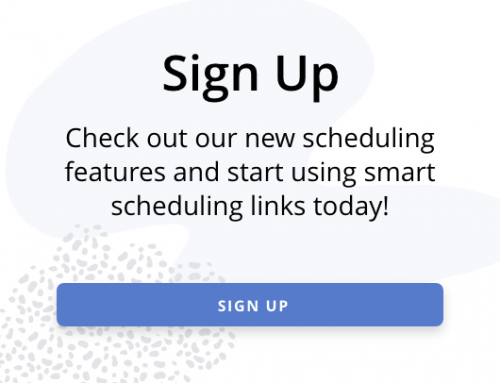



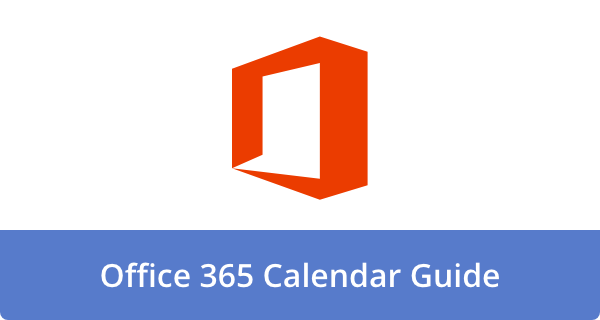
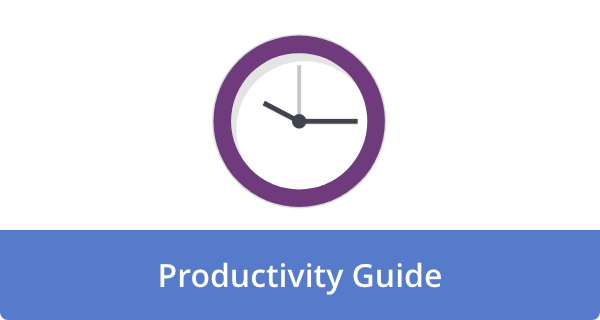
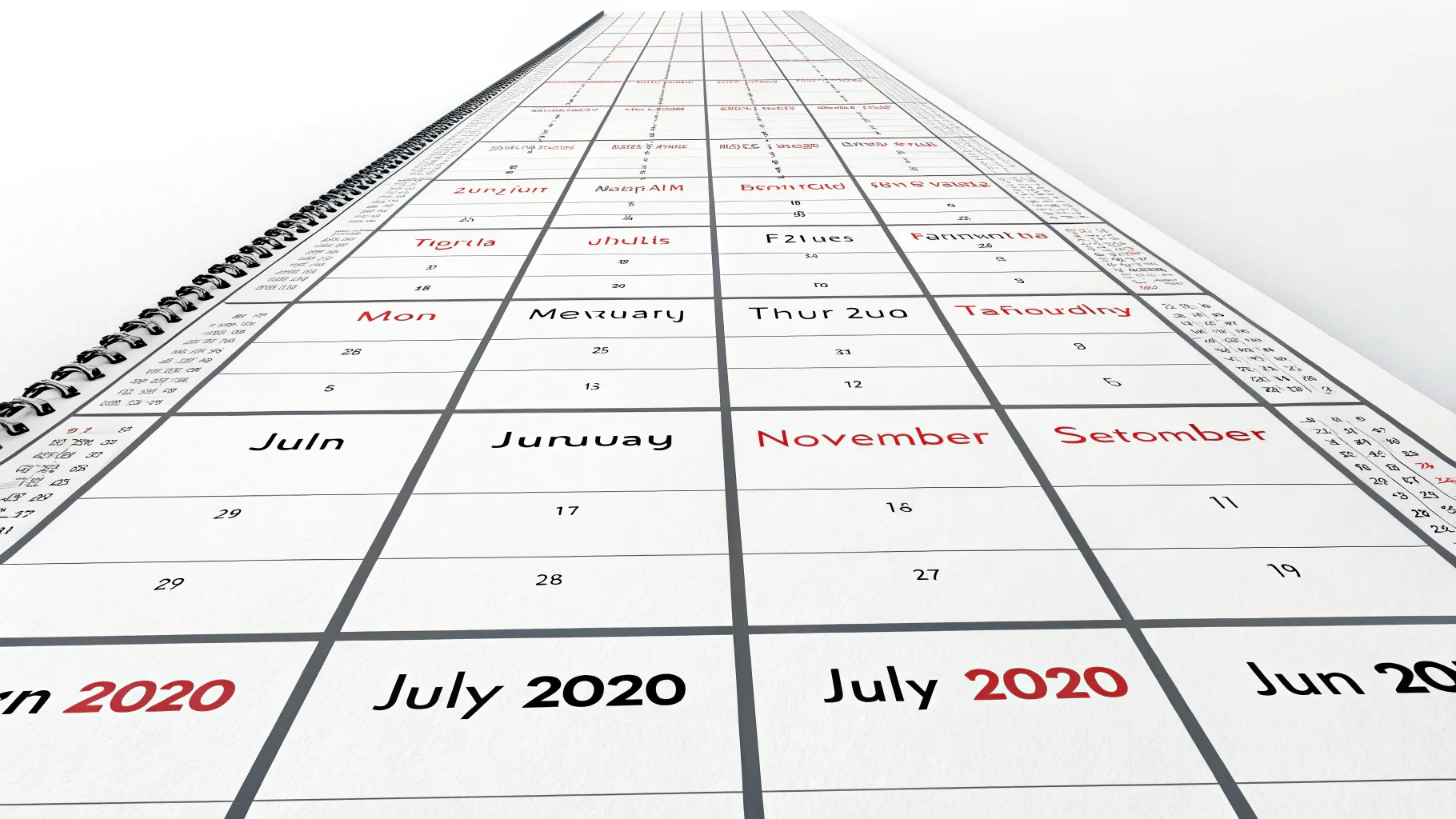
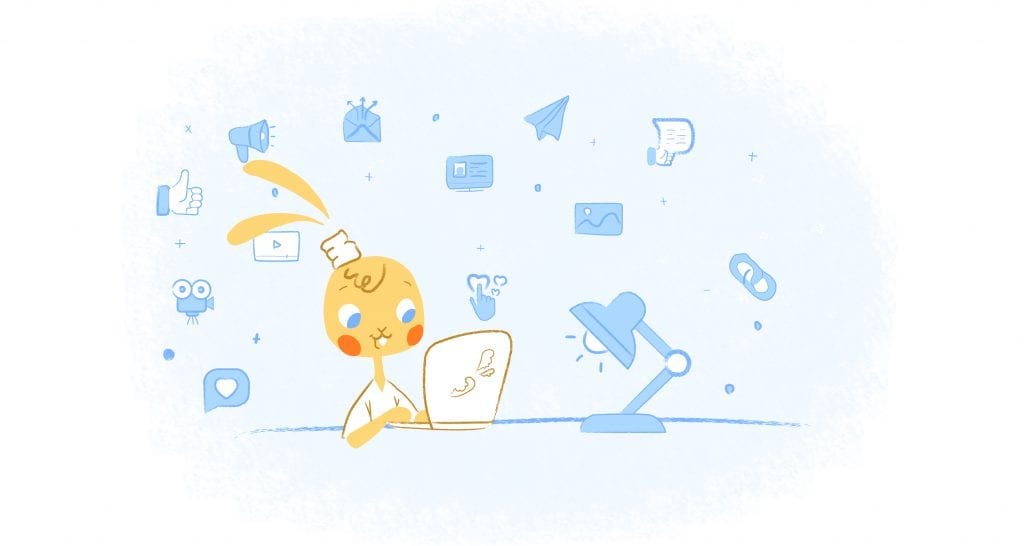

John Hall
John Hall is the co-founder of Calendar a scheduling and time management app. He’s also a keynote speaker that you can book at http://www.johnhallspeaking.com.